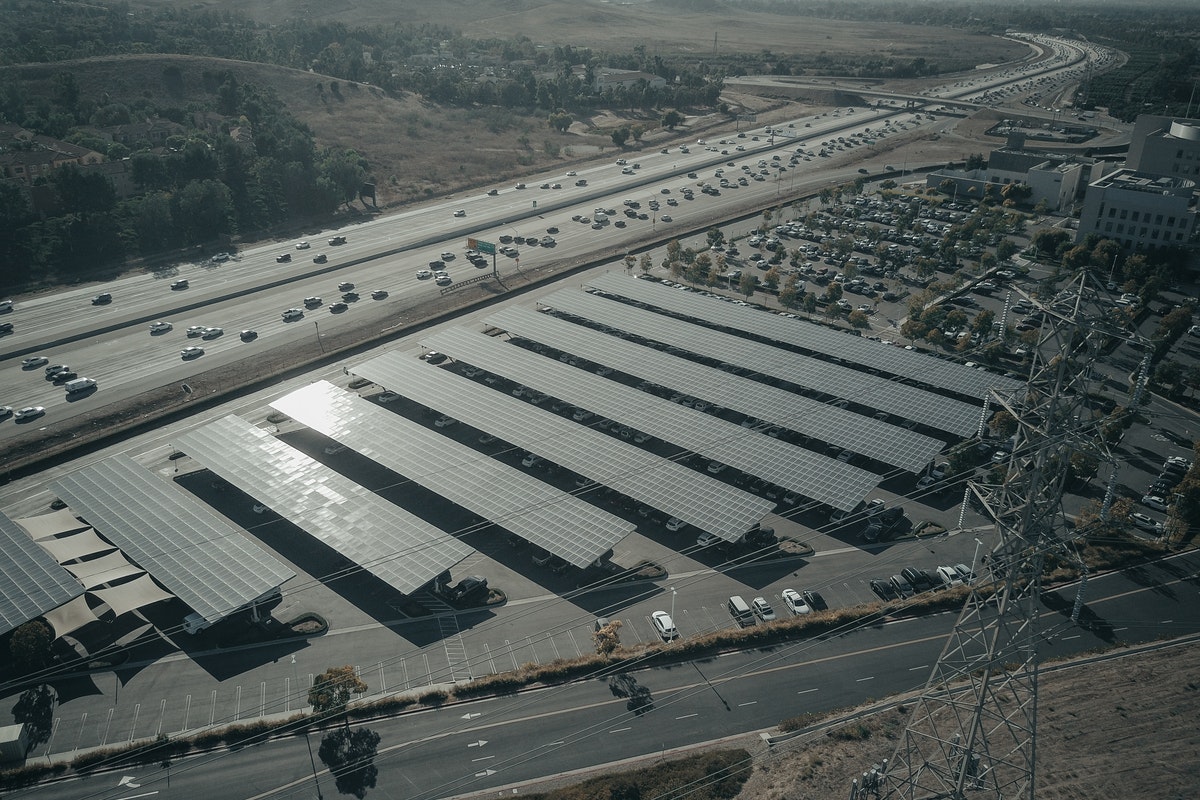One Sunday morning, I happened to read two seemingly completely unrelated articles. However, by the time I finished the second, I realized how deceptively but coherently they were related. As if to make a larger point.
I first read a short piece about how a man of the world also has a right and duty to achieve spiritual salvation. But of course, you may think, a worldly man can not be expected to resign his responsibilities or completely give up material life as in – discard his fancy wardrobe to wear a robe instead, give up his gastronomical food experience for a simple and meagre meal or stop travelling far and wide to become a wanderer. After all, a man of the world or as they say a ‘householder’ has a pivotal role in the structure of a society and community, even in the economy and politics. He thus, stands at crossroads because how does he progress spiritually while surrounded in a deluge of materially laden world.
The answer was a simple one liner by S. N. Goenkaji, the great Vipassana teacher. His advice was to practice enjoyment of the world but with detachment. Elaborating on it he explained, detachment is not to renounce the material world but to enjoy it without clinging and craving. One must give importance to develop detachment because then simplicity follows on its own. He meant simplicity is not the aim of spiritual journey but a by-product of detachment. And after beginning to practice Vipassana, I have experienced this aspect fractionally.
Later that morning, I read another very interesting and eye-opening article on the stupendous growth of renewable energy sector in our country. India has some major outreaching plans in this regard – to elevate its renewable power capacity to 500 GW by the year 2030 from the present 150 GW. And the most dominant contributor in this trajectory would be the noble solar energy. For all of us, whether users, producers or providers this is a giant sacred step towards Earth restoration while mitigating the dependency on fossil fuels and its grave environmental consequences. I too, felt extremely proud and pumped up at my country’s soaring growth plans.
However, this feeling was shortly dampened. As the essay progressed, it brought out a highly significant but completely ignored aspect of the solar plans. These vast solar power farms are proposed to be set up on acres and acres of ONEs (Open Natural Ecosystems). Basically, ONEs are huge expanses of open, arid or semi-arid lands which do not support any cultivation, agriculture or forest canopy. So, at the face of it this looks like a perfect plan where useless, infertile land masses are put to productive use. However, this is only the apparent side of it. As agencies like environmental scientists, biologists and conservationists looked deeper, these growth plans on ONEs are far from being benign or unerringly constructive.
ONEs, though dry and uncultivable are composed of rich and diverse ecosystems ranging from scrublands, savannah, rocks, woodlands and more. Each of these ecosystems support very significant and specific flora and fauna. Unfortunately, this thriving life is not taken into account when proposing the solar farms and hence, neither its disruption nor its impact are considered. These swathes of land are also the grazing grounds for several cattle rearing and pastoralist tribes who have survived over generations on the benevolence of the so called ‘wastelands’. These communities bring their own distinct culture and knowledge to the milieu of our country.
In this backdrop, gigawatt upon gigawatt of solar energy farms shall bring some real and serious repercussions in its wake. The experts do have technical solutions to these problems. They suggest roof-top solar installations over residential and public buildings, using land banks already marked for industrial use and agrivoltaics on degraded agricultural lands. The above measures would certainly ensure extensive solar energy production without rupturing the eco balance. However, it may or may not be enough to match the aggressive augmentation as envisaged by the government.
By the end of the second article, it occurred to me that a better solution had presented itself even before reading about the solar energy problem. The first question that came up is why do we need this massive generation of energy? The natural response is for industrial and economic growth. Manufacturing is the highest energy consuming sector at about 70%, chemical manufacturing being the most energy intensive sub-sector. But the manufacturing sub-sectors also include mass production of textiles, footwear, skin care, luggage, accessories like eyewear and watches, packaged food and beverages, automobiles, etc. We aren’t even talking about healthcare, education, infrastructure or construction here, merely industries that are fanned by the whims and fancies of mankind.
Of course, it doesn’t imply shutting down these industries as a solution. But maybe we need to reconsider, maybe we don’t really need to overhaul our wardrobes with every seasonal trend; maybe three-four pairs of footwears are a necessity, six even luxury but beyond that are uncalled for; maybe a soap, oil and lotion effectively do the same job as 20 different potions because those extra 15 don’t seem to make us any more radiant; maybe we don’t need packets, jars and bottles of preservative laden food shipped from one corner of the world to another, maybe our children don’t need a warehouse of toys and games. Maybe we don’t need many such frivolous dispensable add-ons of our hyper hoarding society. Times weren’t always like this. We easily knew to live happily without these encumbrances. But here we are, on our chosen path of environmental and personal crucifixion. I notice a new clothing and skin care brand pop-up every alternate day on my Instagram without exception. This must give us an idea of the unprecedented resources consumed for our absolutely superfluous wants.
The argument for this spiralling industrial growth in non-essential sector would be fuelling of the economy and generating employment. But this is only superficial because with every booming non-essential industry, we have widened the economic and social inequality. So, the poor still has those four pairs of hand-me-down clothes while the ‘not-poor’ has 200 pairs of shopped clothes – the direct outcome of the affordable ‘fast fashion’ industry. Not to forget that textiles are the highest toxic effluent generating industry in the world and clothes are one of the poorest recyclable products. While these industries are an impetus for the economy and employment, they also displace and uproot several thousand others, subject lakhs to serious health hazards and wipe off hundreds of endemic plant and animal species whose presence in the ecosystems are non-negotiable in the long run.
Experts and scientists will keep facing problems and coming up with solutions in an ever-vicious loop as we have seen since the scientific revolution of 1500 A.D. Empirical data over recorded history shows that science and technology have the propensity to give rise to newer problems while solving one. The setting up of these colossal solar farms and its consequences are a national and international policy issue; yet, the solution lies with the individual.
What the spiritual masters meant by ‘detachment’ wasn’t renunciation of the world but to become a mindful producer and consumer of and in the world, without constant craving for more. This philosophy in modern times is popularly called ‘minimalism’. But the starting point is still detachment, from which follows simplicity or minimalism in a natural order and chronology and then comes contentment. With that achieved, neither the country nor the world will need gigawatt upon gigawatt of energy whether renewable or otherwise.
~Radhika Mimani
Photo by Kindel Media from Pexels
Referred Source: THE HINDU






